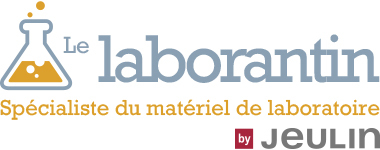TP - Light waves: interference
Extract from the syllabus:
11th grade S: Observation - Characteristics and properties of waves
Interferences. Case of monochromatic light waves, case of white light. Interferential colors.
Know and exploit the conditions of constructive and destructive interference for monochromatic waves.
Practice an experimental approach aimed at quantitatively studying the phenomenon of interference in the case of light waves.
11th grade STL: SPCL Waves Module
Measurement
Interferences, path difference between two paths.
- Identify the different optical paths between one or more point sources and a detector.
- Express the path difference between two optical paths.
- Use a light intensity sensor to visualize an interference pattern, following a given protocol.
Introduction:
An interference pattern is obtained with waves of the same frequency presenting a constant phase difference. We talk about coherent waves.
The phase difference is related to the path difference of the waves.
It is possible to obtain this path difference through different processes: Young's slits, beam splitter, Fresnel mirror...
Initially, it may be interesting to show that the interference phenomenon is independent of the diffraction phenomenon (related to an 'obstacle') and to introduce quite concretely the notion of path difference.
For this, it is possible to quite simply obtain interferences using a beam splitter device (beam splitter + mirror), the path difference is then sufficient to create visible interferences.
However, these patterns are difficult to exploit in practical work for measurements.
In a second step, the quantitative aspect is achieved with a simple device to implement and exploit, using Young's slits.




